Flexibility
Chose HW platform based on mission requirements
We develop and integrate an ALGORITHM for a mission's SENSOR running on the customer preferred hardware unit.

There are OBDP use cases when it makes sense to utilize AI/ML model to solve a customer's problem. Our experts deploy models on a preferred COTS hardware unit whether it is based on FPGA, CPU, SoC, GPU, or others.
We develop and integrate an ALGORITHM for a mission's SENSOR running on the customer preferred hardware unit.

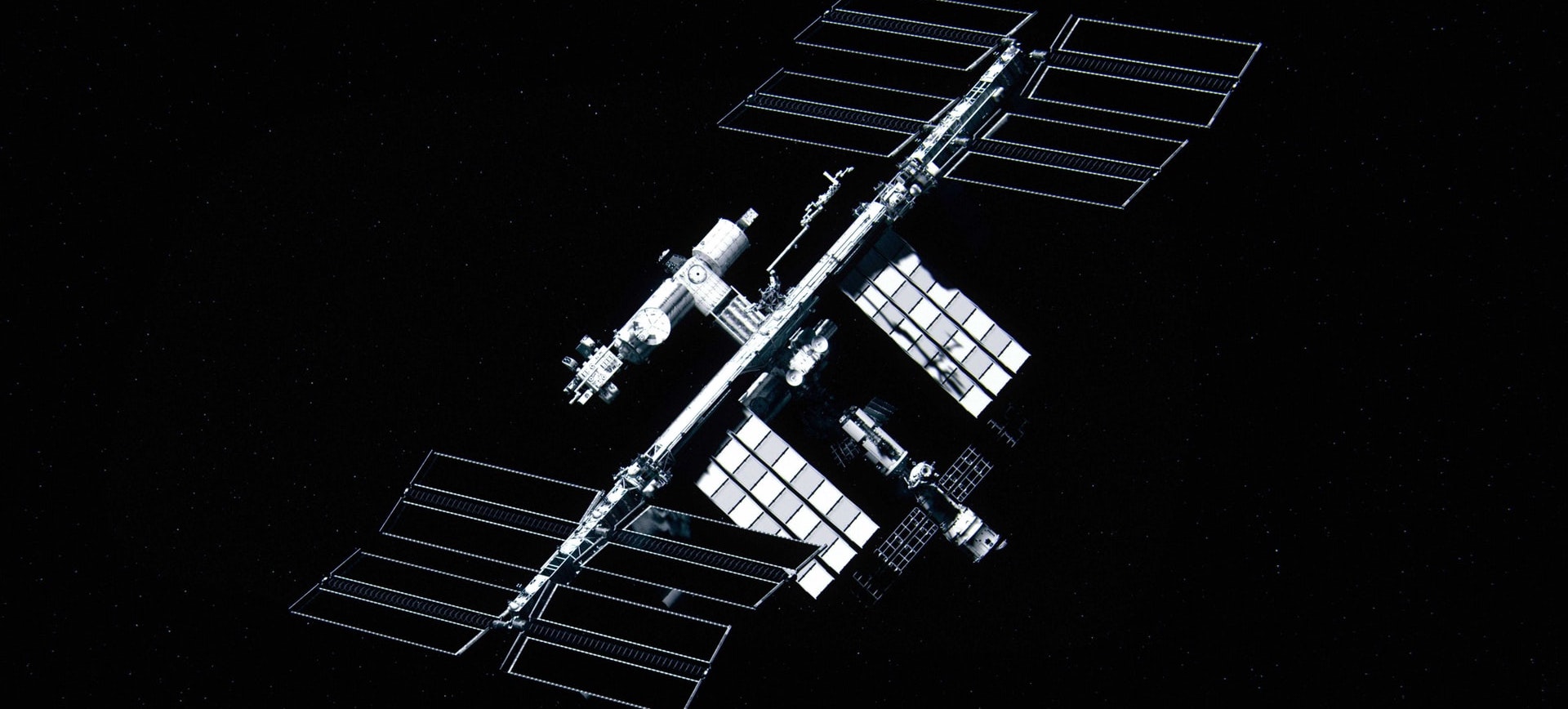
Zaitra cooperates on the ESA project of microgravity experiments called Biomission 2019 with an expected launch to ISS in 2023. Zaitra team is responsible for all the embedded software modules controlling the three microgravity experiments. Here, we designed the code for commanding peristaltic pumps that circulate various types of liquids and control the internal logic of the experiments as well as providing feedback to the ESA astronaut. Zaitra is part of the project as a subcontractor for the project prime contractor.
ESA scientific mission
Custom onboard software
Biologial experiments for ISS

SLAVIA (Space Laboratory for Advanced Variable Instruments and Applications) is a mission of two 12U CubeSats with three scientific payloads designed to fulfill a simple goal: to prove that a low-cost satellite is able to provide spectral analysis of meteor composition. SLAVIA will be equipped with a hyperspectral camera for analysis of meteor ablation plasma, a mass spectrometer exploring the dust composition on orbit, and a radio antenna telling us crucial information needed for plasma spectral analysis. SLAVIA would be a first step in demonstrating the required capability for asteroid space resources exploration. Zaitra is part of the project as a subcontractor for the project prime contractor and we are responsible for real-time data processing units that filter data on the orbit. The project is currently in the phase of the feasibility study that will be closed during 2022.
Onboard Meteor Detection
Scientific mission funded by ESA
12U twin CubeSats
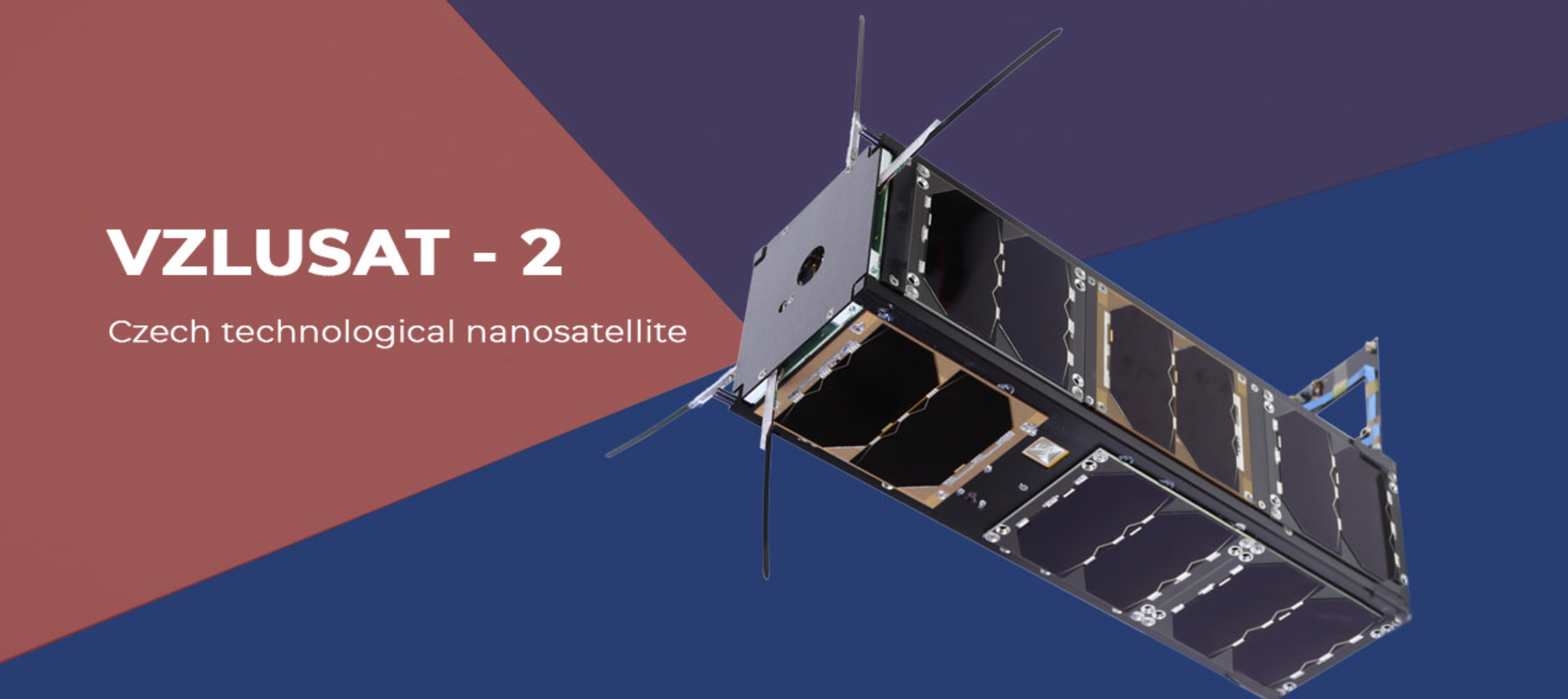
VZLUSAT-2 mission is a satellite currently operated by the Czech Aerospace Research Center. The main goal of the project is to verify technologies for future missions of the Czech satellite constellation. The nanosatellite is equipped with several payloads and one of them is an experimental camera Vitacam developed by Eltvor Instruments s.r.o. More information is available on the mission's official web page. After the satellite was deployed to orbit, Zaitra uploaded the AI/ML use-case on the Vitacam(EO camera) payload and proved the added value of AI/ML in a Space Mission by comparable results with original scoring algorithm for selecting acquisitions of Earth imagery. One of our tasks was also to identify the possibilities of a fully reconfigurable Software-Defined Payloads concept. The demonstration activity had these three goals: 1) Identify limits and risks or reconfigurable Software-Defined Payloads 2) Deploy AI/ML model, execute at least one inference, and send results to the ground station 3) Demonstrate the added value of AI/ML OBDP use-cases in-orbit
AI/ML powered OBDP
Software-Defined Payload
Demonstration
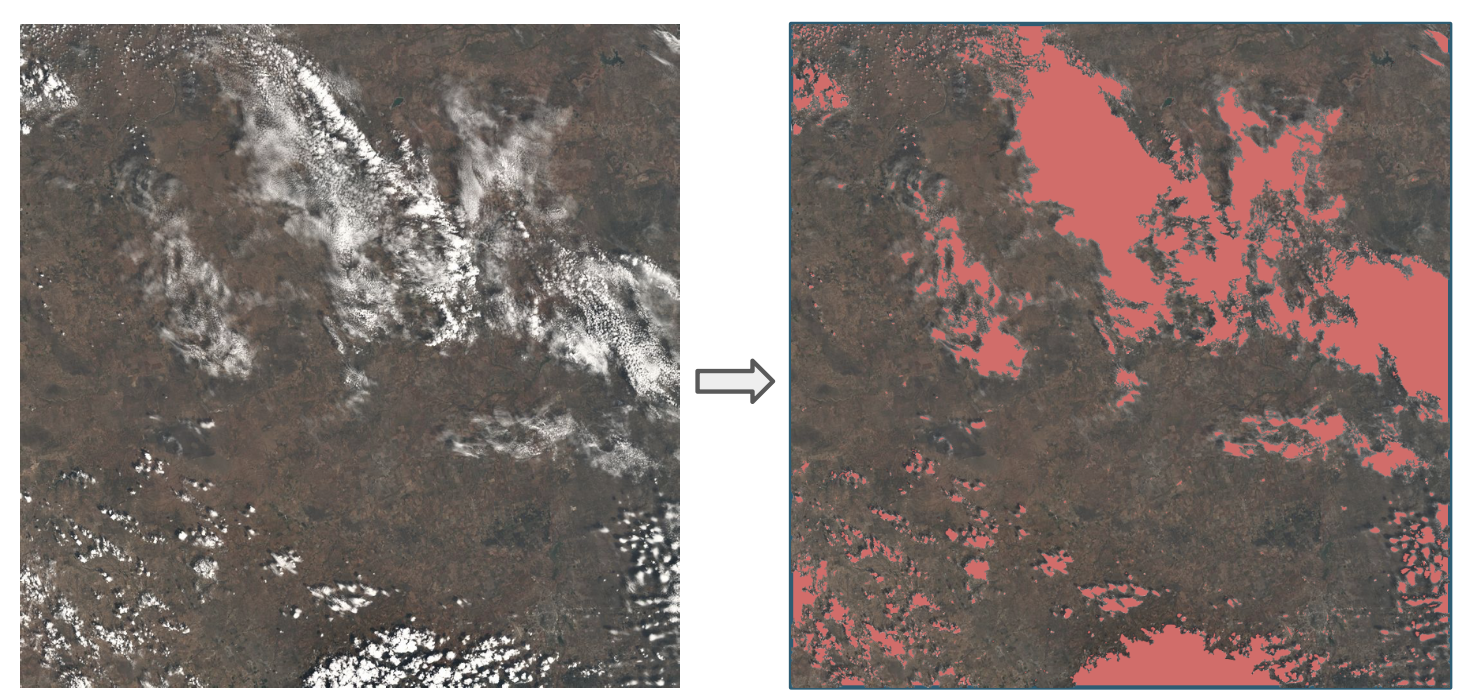
Zaitra's R&D team was working on a project for real-time cloud masking for satellites which we called CloudSatNet-1. To be more accurate, CloudSatNet-1 is an FPGA-based hardware-accelerated quantized CNN(convolutional neural network) for satellite onboard cloud coverage classification. Results of this project are summarized in this scientific publication. During the project, we aimed to: 1) explore effects of quantization introduced to the proposed CNN architecture for cloud coverage classification, 2) investigate and optimize the performance of cloud coverage classification by biomes diversity and its false-positive identifications, 3) explore hardware architecture design space to identify optimal FPGA resource utilization.
Realtime cloud removal
AI/ML model deployed on FPGA
Demonstration technology
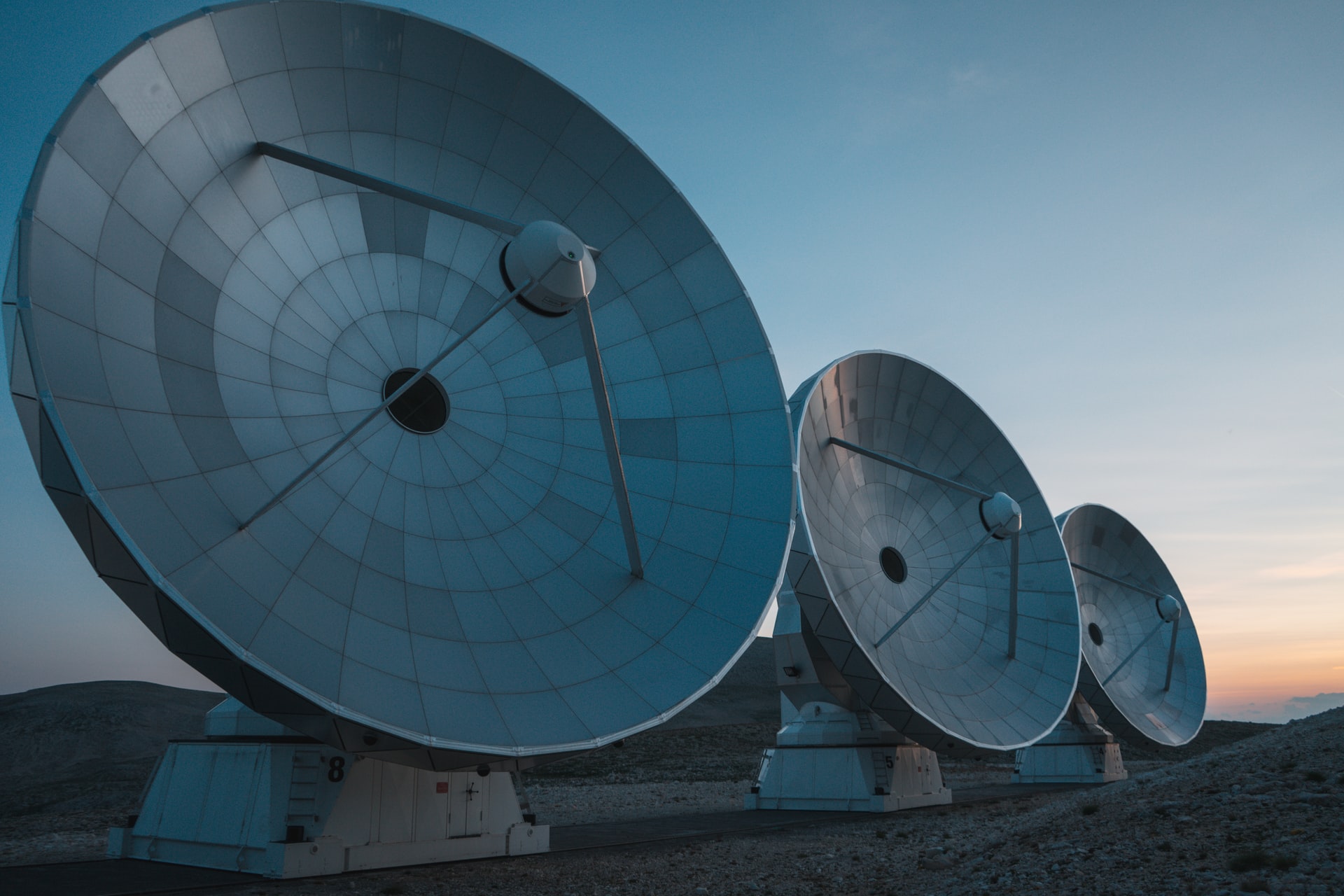
Whether it is a commercial or scientific space mission, industry builds remote sensing and earth observation satellites for one general purpose - to collect data. By optimizing the technology we can scale business or science. We believe there are 2 ways how to do this: 1) Smarter data handling in-orbit and saving downlink We don't have to send all harvested data from orbit to the ground if end users don't require it. We don't have to overload the downlink. We don't have to operate more ground stations. We shall invest in smart in-orbit data selection or data prioritizing techniques. 2) Reconfigurability of the mission Once a spacecraft or satellite is deployed to orbit it is unchangeable. System Integrators cannot install new electronic components, Operators cannot repair hardware. The only asset is software. Let's design future missions together to make them more flexible and scalable for business or science.
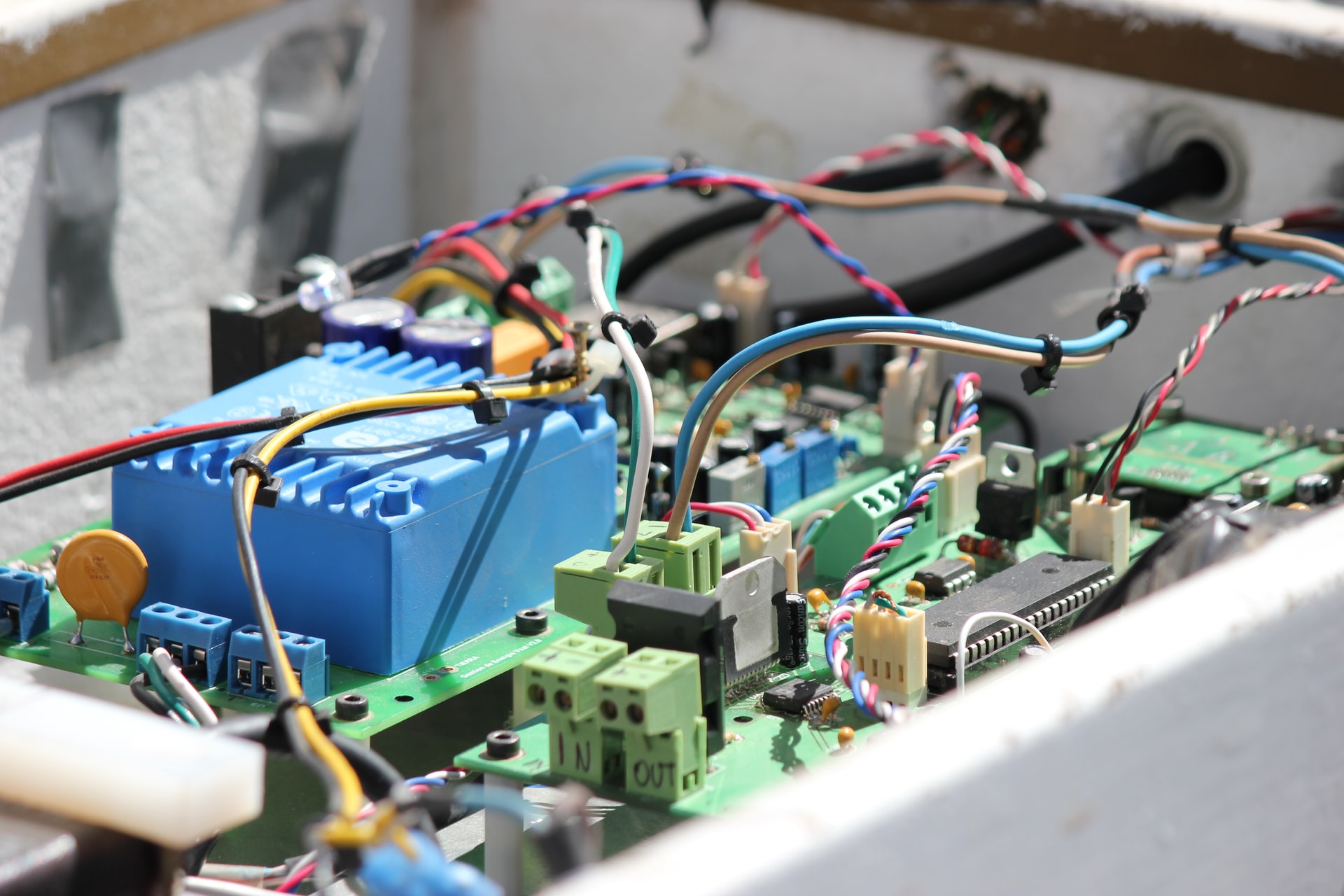
It is a high qualified job to develop space grade payloads, various instruments, and sensors. That's why payload developer has to be aware of whole supply chain starting with their direct customers who build satellites and finishing with end-users who analyze data and make decisions based on them. Payload developer has to search for cost effective and technically feasible solution which brings high added value to all actors in this chain and create a payload that collect data and fullfill mission purpose. Zaitra helps payload developers to optimize technology and scale busines. If payload developer integrate Onboard Data Procesing for better data handling, she/he actually creates a competitive advantage by providing flexibility to the whole supply chain. We believe that space-grade instruments and sensors could be referred as Software-Defined Payloads(SDPs). SDPs allow users update payload functionality during mission operations if it isn't suitable in time. These could be some primiteve or basic algorithms as pixel corrections to more complex high abstraction applications like executing AI/ML model directly on the sensor.
Zaitra is EU-based SME focused on software creation and data processing who deliveres products and services to the whole space supply chain starting with sensors and satellites(upstream data handling) to building Earth Observation online platform in cloud infrastructrue(downstream data handling). We have strong emphasis on brilliance and quality of delivered solutions. We like talking about space and all the technology related to it. We take our jobs serious but we also send engineering memes into internal Slack channel. Email us to know the team closer.
OBDP stands for the phrase - Onboard Data Processing which define the way how we can make space-grade sensors smarter and become a step closer to the mission autonomy and in-orbit reconfigurability(or Software Defined Payloads). OBDP helps to optimize many issues with overloaded downlinks or scalability of ground stations and scalability of overall business or scientific use cases. OBDP refers to large scale of possible algorithms that could run directly on the satellite during mission operations like primitive functions that perform basic payload data handling, or more complex applications as prioritizing data which contains insights selected with AI/ML models.
One of our main goals is to lower overall development time and costs for future mission's development and operations. For this purpose we re-use as much knowledge, processes, data, and codebase as possible. But we understand that mission requirements vary from project to project and that's why we always want to discuss mission specifics as for example find if there are already collected data from previous missions or search for inspiration how to create a synthetic dataset for payloads that haven't been deployed yet. After we collect all requirements, we start working on laboratory prototypes following all mission development phases. During this process we are laveriging all possible knowledge to deliver outputs faster without neglecting the quality. Such and example is leveriging cloud computing infrastructure to train and evaluate AI/ML models, or set internal processes to deploy and test solution on all supported COTS hardware units. Another Zaitra's goal is to create products that are re-usable across industry or at least products that helps to deliver high quality solutions faster internally into ongoing and future projects.
We are flexible. We can use COTS units which is preferred to integrate into mission or we can recommend the one which suits for mission requirements and final use case. In our lab, we usually test OBDP deliverables on high-performance boards with space heritage chips such as SoCs, FPGAs and CPUs. Most of them contains Xilinx chips but we are going to extend our testing suit by VPUs, GPUs and others from various vendors in near future.
Our working style is very flexible and so are contracts. It does not depend if you need to hire us as external team with flexible hours or hire us per project. It also depends on mission requirements and if you need us during mission operations for OBDP updates. If you want to use one of our products, than this shall be handled in the same or separated contract.
Our main selling points are: 1) Reduced development time and costs 2) COTS flexibility 3) Optimized downlinked data and scaled mission operations 4) In-orbit reconfigurability and updates We also leverage: 5) Our knowledge from previous space projects 6) AI/ML in cases when conventional methods fails 7) Our enthusiasm into space projects
We are always searching for smart people. Visit main company page and see more about us.
We are proud that our story is interesting also for the public and happy that media mention our story.
Let's talk about possible mutual opportunities and synergies.